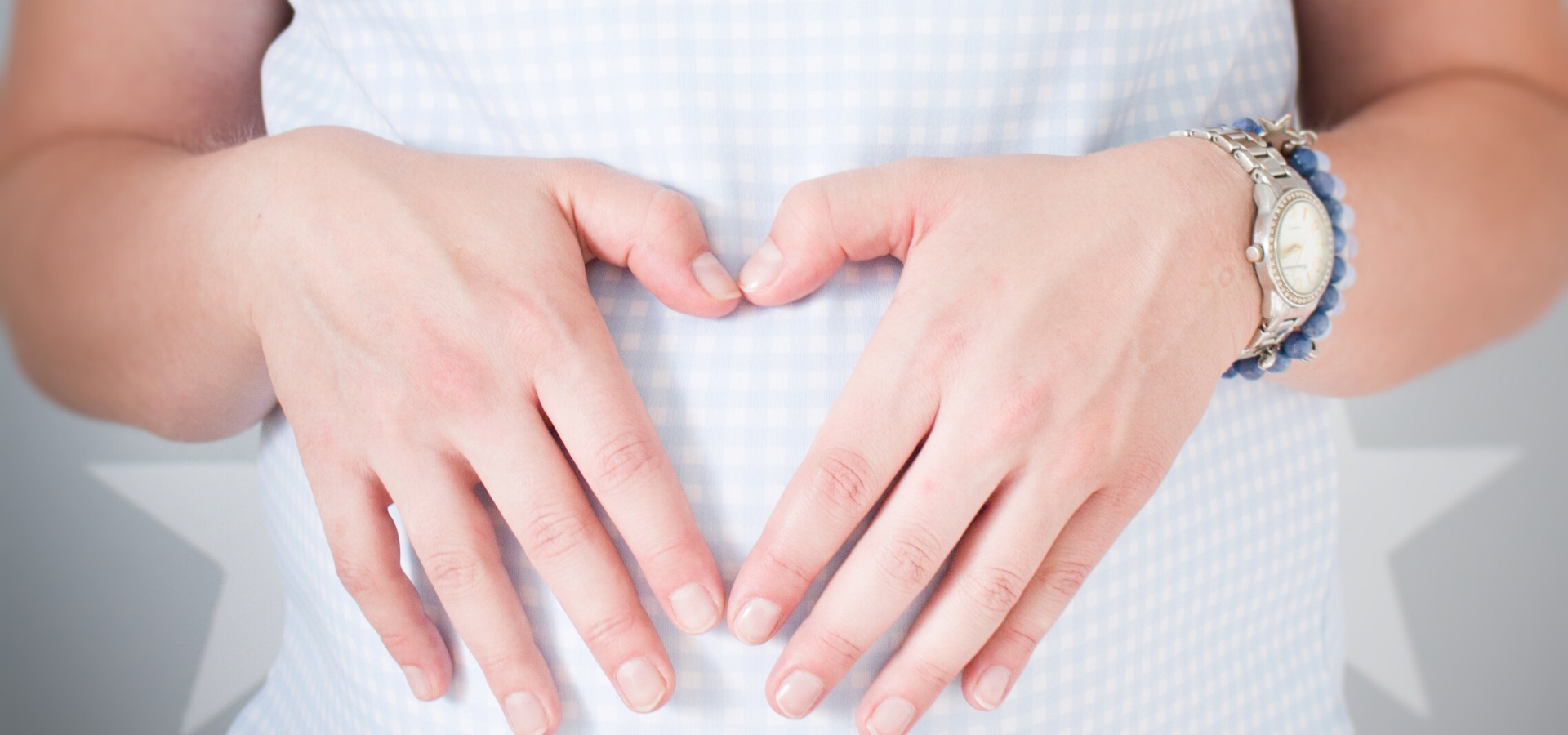Innovative new products from Vital Baby help you with hygiene and nourishment for your little one from birth through weaning and well into toddlerhood. Vital Baby NOURISH Prep & wean – R3,799.00 Steam cook and blend healthy homemade meals quickly for your little one with our NOURISH prep & wean™. Simple and easy to use, the prep & wean™ has three distinct functions and a large 900ml jug capacity to help you through every step of weaning – sterilising, steaming, and blending. Steam mode – cook food efficiently and effortlessly, while also preserving as many vitamins and nutrients as possible. The two-tier design gives you the option to cook two separate foods at the same time – great for steaming different foods that have varying cooking times. Blend mode – Blades that never lose their sharpness can blend all types of food! The five different blending settings allow you to create a range of textures to suit all stages of weaning – from first tastes to big kid meals and beyond. Effortlessly creating smooth purees for early weaning, then chunky textures as your baby develops, while also allowing you to incorporate the nutrients-filled residual water from steaming. Sterilising mode – The effective release of steam means that the prep & wean™ can also be used as a super-quick steriliser for a single bottle, or accessories, proven to kill 99.9% of bacteria in just 8 minutes! Vital Baby HYGIENE Advanced pro UV sterilizer & dryer – R4,699.00 Through innovation and advances in technology, Vital Baby’s HYGIENE Advanced Pro UV Sterilizer & Dryer is here, and it’s better than ever. Using the latest UV LED technology, Vital Baby’s HYGIENE Advanced Pro UV Sterilizer & Dryer kills 99.99% of bacteria and viruses in just 7 minutes. Sterilise what we hear you ask? About anything that will fit. The Advanced Pro UV is efficient and versatile and, as there’s no need for water, chemicals, or heat, is suitable for use with a wide range of items – from bottles, teats, soothers, toys and breast pumps to small accessories, mobile phones, keys, cosmetic brushes and more… Modes Complete with four modes for ultimate convenience, the advanced pro UV fits around you: Sterilise mode – advanced, energy efficient UV LED’s and expertly designed diamond efficiency interior gives a super-fast sterilising time of 7 minutes. Dry mode – patented drying system and HEPA G4 filter dries contents in just 17 minutes, while also trapping dust, mould, bacteria, and virus particles as small as PM2.5 (that’s about 3% of the diameter of a human hair!). Auto mode – Starting with a drying cycle before automatically performing a sterilising cycle, this mode gives you sterile and dry contents, ready to use in just 29 minutes. Store mode – Store mode completes a full 29-minute sterilising and drying cycle, before periodically activating the bacteria killing UV LEDs for 1 minute, every hour, for up to 3 days. UV sterilisation is proven to be an effective way to kill 99.99% of bacteria, mould and viruses without the fuss of conventional sterilisers that use chemicals, water or heat. It’s important to sterilise baby’s feeding equipment as it helps to protect your baby’s developing immune system from potentially harmful bugs and bacteria. To sterilise effectively, you should make sure that all bottles, teats, and accessories are disassembled and washed thoroughly with warm soapy water and rinsed clean before sterilising. You can leave the sterilised contents inside the steriliser for 24 hours, but make sure the lid is kept closed for the duration. Ensure you re-assemble items with clean hands or sterilised tongs if you can and always on a clean surface too. Vital Baby HYGIENE Pro Steam Sterilizer – R3,299.00 Protect your baby’s developing immune system by safely killing 99.9% of bacteria, viruses, and mould with the Vital Baby HYGIENE pro steam sterilizer. Its tall and sleek design means it doesn’t take up workspace in the kitchen, without compromising sterilizer capacity. Its versatile design gives you the option to sterilise using all tiers, or just the top tier for smaller items and what’s more, when the HYGIENE pro steam sterilizer’s lid is kept closed after sterilising, the contents remain sterile for up to 24 hours. Complete with three modes for ultimate convenience, the pro steam steriliser & dryer fits around you; Sterilise mode – using only steam, this steriliser is proven to safely kill 99.9% of bacteria in just 6 minutes. Drying mode – the less time spent hand drying bottles and accessories, the better! For use straight after sterilising, the built-in, powerful dryer ensures the contents are dry and ready for use in just 40 minutes. Auto mode – the best of both worlds for ultimate convenience! Starting with a drying cycle before automatically performing a sterilising cycle, this mode gives you sterile and dry contents in just 46 minutes. 100% chemical free sterilisation, simply add water and select the mode on the easy-to-use LCD display, then enjoy some precious time with your little one! Compatible with any bottles, teats, breast pump accessories, teethers, soothers and more. These and other Vital Baby products are available at www.vitalbabyshop.co.za





































